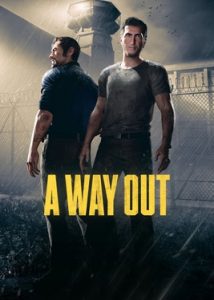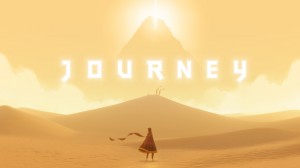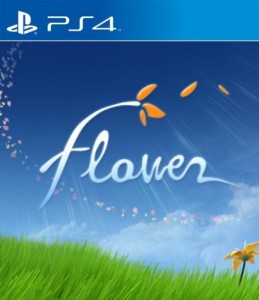 I found it difficult to classify A Way Out. It’s nearly a walking simulator, but too interactive for that. (It does frequently occupy the same story-telling space, though.) It’s on occasion a shooter. It’s definitely a light puzzle solver, going back almost to the middle days of your Kings’ Quests. I guess the best way to describe it is as a two player split screen[1] interactive movie, about breaking out of prison.
I found it difficult to classify A Way Out. It’s nearly a walking simulator, but too interactive for that. (It does frequently occupy the same story-telling space, though.) It’s on occasion a shooter. It’s definitely a light puzzle solver, going back almost to the middle days of your Kings’ Quests. I guess the best way to describe it is as a two player split screen[1] interactive movie, about breaking out of prison.
It’s also about more than that, in much the way that the TV series Prison Break was. I think it is fair to say that between watching all five(?) seasons of that, consuming two versions of Shawshank, and playing this game to completion, I will have no problems if I ever find myself in, er, diminished circumstances.
Downsides: antihero types. You are, after all, playing one of two people who wants to escape from prison, seeking revenge. But it’s rarely a dark take; mostly, in fact, it is kind and humanizing of everyone involved. It’s like, some people in prison are a danger to society and need to never come back. But some people in prison just, y’know, do crimes sometimes, and that doesn’t automatically make them bad people, even though probably you don’t want to have a crime done to you.
I bet that doesn’t make sense.
[1] Even if you play it online[2]! I found this at first pretty annoying but ultimately it grew on me. Thanks to illness in the house, we weren’t going to play couch co-op anyway. But at least it affirmatively worked, so now we can play Borderlands not on the couch, which means I won’t hate everything while trying to play it.
[2] Which is why even though I finally got a Series X, I played this on the XBox One. Mary, on the other hand, got the fancy treatment.
 It’s not uncanny valley levels of weird, but it is nevertheless weird to see digital animation versions of real actors that you are already very familiar with. To wit, Cal Kestis, who is played by the Joker from Gotham and one of the Gallagher kids on Shameless. And he’s, like, just extremely recognizable, both character and voice. And in
It’s not uncanny valley levels of weird, but it is nevertheless weird to see digital animation versions of real actors that you are already very familiar with. To wit, Cal Kestis, who is played by the Joker from Gotham and one of the Gallagher kids on Shameless. And he’s, like, just extremely recognizable, both character and voice. And in 
